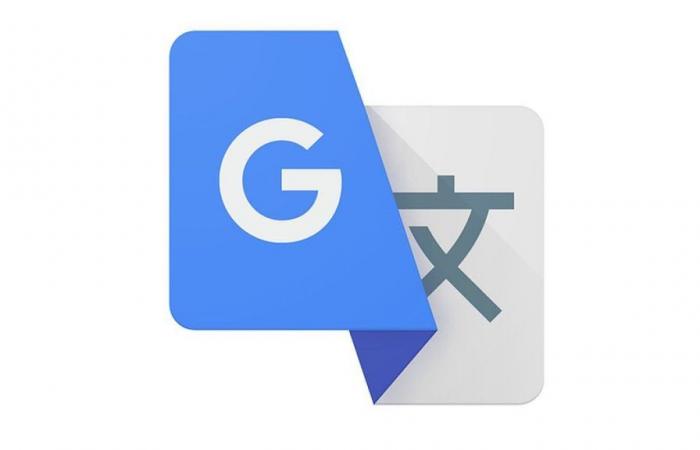With the help of Artificial Intelligence (AI), Google is adding new languages to Translate including Cantonese (China), N’ko (Africa) and Papiamento (Netherlands).
This addition of 111 new languages covers more than 660 million speakers, which equates to translations for nearly 8% of the world’s population.
Google translator continues to evolve to break down language barriers and facilitate connection between people around the world. Thanks to the latest advances in technology, the platform has significantly expanded its translation capacity, adding 111 new languagesrepresenting its largest expansion to date.
The content you want to access is exclusive for subscribers.
to subscribe I’m already subscribed
This update not only allows more people to use Google Translate, but also encourages the inclusion of communities of speakers of less common languages.
Google Translate Expansion with PaLM 2
With the integration of PaLM 2, a large language model, Google is using Artificial Intelligence (AI) to expand the variety of languages supported by Google Translate. This addition of 111 new languages covers more than 660 million speakers, which is equivalent to translations for nearly 8% of the world’s population.
Global impact
These new languages range from large languages with more than 100 million speakers to indigenous languages spoken by small communities. About a quarter of the new languages come from Africa, marking the largest expansion of African languages to date, with languages such as Fon, Kikongo, Luo, Ga, Swati (or Swazi), Venda and Wolof.
Examples of new supported languages
Some of the recently added languages include:
- Afar: A tonal language spoken in Djibouti, Eritrea and Ethiopia, noted for receiving a large amount of input from the volunteer community.
- Cantonese: A long-requested language, difficult to incorporate due to its overlap with Mandarin in writing.
- Manx: The Celtic language of the Isle of Man, revitalized after almost disappearing.
- N’Ko: A standard language of the Mandinka languages of West Africa, with a unique alphabet invented in 1949.
- Punjabi (Shahmukhi): The Perso-Arabic script (Shahmukhi), the most widely spoken language in Pakistan.
- Tamazight: The Berber language of North Africa, written in both the Latin and Tifinagh alphabets.
- Tok Pisin: A creole based on English and the lingua franca of Papua New Guinea.
Language selection process
Adding new languages to Google Translate involves considering a variety of factors, from which varieties to offer to which spellings to use. Many languages have significant variations, such as regional dialects and different spelling rules. Google prioritizes the most used varieties of each language to maximize the accessibility and usefulness of translations.
For example, Romani has multiple dialects in Europe. Google’s models generate text that resembles Southern Romani, a common variety on the Internet, although it also includes elements of other dialects.
Collaboration and future
Thanks to alliances with expert linguists and native speakers, Google continues to advance in this field. As technology evolves, Google is committed to continuing to expand support for more grammatical varieties and spelling rules, thereby promoting inclusivity and linguistic diversity on its translation platform.
This expansion reflects Google’s continued commitment to making the world a more connected and accessible place, eliminating language barriers and bringing people from all communities closer together.






